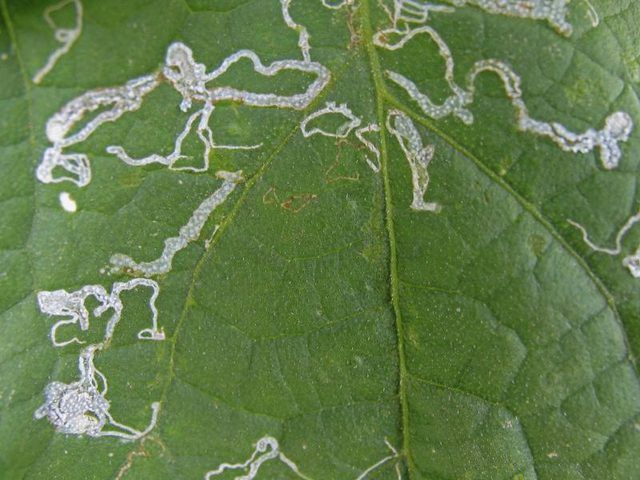Bulbs
Flower Basics
Flower Beds & Specialty Gardens
Flower Garden
Garden Furniture
Garden Gnomes
Garden Seeds
Garden Sheds
Garden Statues
Garden Tools & Supplies
Gardening Basics
Green & Organic
Groundcovers & Vines
Growing Annuals
Growing Basil
Growing Beans
Growing Berries
Growing Blueberries
Growing Cactus
Growing Corn
Growing Cotton
Growing Edibles
Growing Flowers
Growing Garlic
Growing Grapes
Growing Grass
Growing Herbs
Growing Jasmine
Growing Mint
Growing Mushrooms
Orchids
Growing Peanuts
Growing Perennials
Growing Plants
Growing Rosemary
Growing Roses
Growing Strawberries
Growing Sunflowers
Growing Thyme
Growing Tomatoes
Growing Tulips
Growing Vegetables
Herb Basics
Herb Garden
Indoor Growing
Landscaping Basics
Landscaping Patios
Landscaping Plants
Landscaping Shrubs
Landscaping Trees
Landscaping Walks & Pathways
Lawn Basics
Lawn Maintenance
Lawn Mowers
Lawn Ornaments
Lawn Planting
Lawn Tools
Outdoor Growing
Overall Landscape Planning
Pests, Weeds & Problems
Plant Basics
Rock Garden
Rose Garden
Shrubs
Soil
Specialty Gardens
Trees
Vegetable Garden
Yard Maintenance
How to Get Rid of Leaf Miners
How to Get Rid of Leaf Miners. "Leaf miner" is a catchall term for fly, moth and beetle larvae that feed inside of plant leaves, leaving winding tunnels or large blotches in their wake. Although you'll likely never see the tiny adult insects, the females insert their eggs inside of plant leaves in the spring, and the hatched larvae grow...

"Leaf miner" is a catchall term for fly, moth and beetle larvae that feed inside of plant leaves, leaving winding tunnels or large blotches in their wake. Although you'll likely never see the tiny adult insects, the females insert their eggs inside of plant leaves in the spring, and the hatched larvae grow and feed within the leaf tissue. Leaf miner feeding activity creates "mines" of dead, dry plant tissue. The result is primarily a cosmetic issue on ornamental plants, but leaf miners can destroy crops you grow for edible greens. Various chemical and nonchemical control methods can help you get rid of leaf miners.
Nonchemical Control Methods
Leaf miners feed on a wide range of plants, including various weeds. Keep your lawn and garden weed free to reduce the number of potential food sources for them. Covering the ground around plants with black plastic mulch keeps the larvae from burrowing beneath the soil. Placing lightweight, floating rowcovers helps keep egg-laying females from reaching your plants. However, don't drape rowcovers in areas where you experienced leaf miner populations the previous year. If you do, then the overwintering leaf miner pupae can become adults beneath the rowcovers, and you'll just trap them in there with a plentiful food source.
When you spot mines developing on ornamental plant leaves, simply press the affected area between your fingers to eliminate the pest. If the leaf miners infest garden plants with edible leaves, such as any cole crops, pick off the affected foliage and toss it into a covered trash bin. Don't just drop the foliage on the ground or the larvae will likely return to feed on your plants.
Spinosad Treatments
Using spinosad to treat the adult insects is a low-impact option for reducing leaf miner populations. Spinosad is made from a microorganism that naturally occurs in soils. Some spinosad products come in easy-to-use, ready-to-spray formulations. Simply shake the bottle, connect the sprayer to your garden hose and turn on the water. Apply uniform coverage over the entire treatment area, taking care to completely cover the foliage, including the tops and undersides of leaves. Repeat treatment every four to seven days until the pests disappear, but don't use spinosad more than 10 times a year.
Spinosad-based products won't affect most beneficial insects, but are highly toxic to bees for up to three hours following application. Reduce the risk of harming the pollinators by spraying in the late evening or early morning hours when the bees aren't active. Avoid spraying blooming and nectar-producing plants.
Permethrin Sprays
Permethrin is a broad-spectrum insecticide that has long-lasting effects, but the chemicals will kill off the beneficial insects along with the leaf miner pests. In order to be effective, you must time your first permethrin spray with egg laying, typically just after the leaves start expanding in the spring. Carefully follow the instructions on the manufacturer's label. One product recommends mixing 2 fluid ounces of product with every 4 gallons of water when spraying fruits and vegetables, but just 1 fluid ounce for every 4 gallons of water when treating ornamental trees and shrubs. Use a small garden sprayer to cover the foliage to the point of runoff, making sure you cover the undersides of leaves. Repeat treatment every four to eight days until you achieve control.
Avoid spraying open flowers with permethrin or the petals might turn brown. Leaf burning sometimes occurs on sensitive ornamentals. If worried, test the spray on a small, inconspicuous section of foliage and wait a few days to check for injury. If no damage occurs, spray the entire plant.
A Few Considerations
Spraying plants with pesticides can stop the adult females from laying eggs, but they won't do anything to the larvae already hiding inside of the mines. If you spot numerous long or big mines on your leaves, then the leaf miners have likely already finished developing and there's no point in spraying. Use nonchemical control methods instead.
Even the most natural insecticide can cause irritation on contact. Reduce your risk of exposure by putting on waterproof gloves, a face mask, goggles, long sleeves, long pants and shoes with socks when mixing or spraying an insecticide product. Carefully note the number of days you must wait from your last insecticide treatment until you can harvest crops safety. Called the pre-harvest interval, this time can range from zero to 14 days when using spinosad or permethrin products on garden plants.